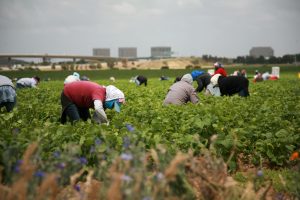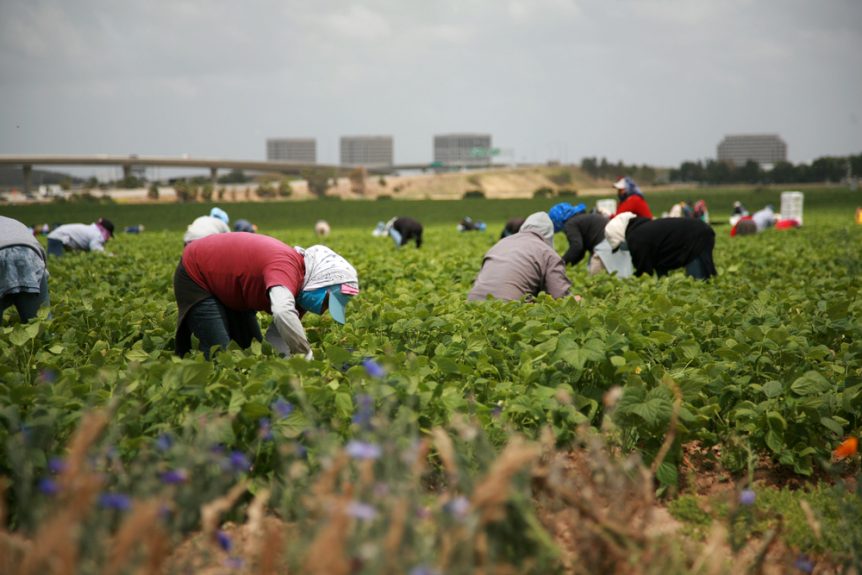There has been a concerning trend over the past few years as labor shortages are continuing to be seen in many areas of California. Some farming operations are attempting to overcome the shortages by planting crops that can be mechanically harvested or simply require less labor.
 With peak season just around the corner, it has caused some growers to think outside the box. Many farming operations are offering different types of incentives to help attract workers in preparation for their busiest time of year. CEO of the Fresno County Farm Bureau Ryan Jacobsen said, “this early August period, for about six weeks, we’re looking at that as going to be the real crunch time to see where the labor situation is. We know it’s going to be tight.”
With peak season just around the corner, it has caused some growers to think outside the box. Many farming operations are offering different types of incentives to help attract workers in preparation for their busiest time of year. CEO of the Fresno County Farm Bureau Ryan Jacobsen said, “this early August period, for about six weeks, we’re looking at that as going to be the real crunch time to see where the labor situation is. We know it’s going to be tight.”
It is not just the farm side of agriculture experiencing a decrease in available workers, but other segments of the industry are suffering as well. “It’s packing houses to processing plants and everything else are definitely seeing their sides of the shortages as well,” Jacobsen stated.
A contributing factor to labor shortages is the current state of the immigration system and how policies like the H-2A program is administered. “The problem with H-2A is there’s timelines and some requirements that just don’t work for California agriculture probably as well as other parts of the country,” said Jacobsen.
It can be frustrating to produce a bountiful crop and be forced to watch a portion of it rot because there simply were not enough workers available to get it picked in time. Jacobsen also noted that areas of the Central Coast have seen losses in the $13 million-dollar range because of a lack of available labor.
Listen to Jacobsen’s full interview
Ryan Jacobsen Interview
Along with a shortage of labor, several other factors are making agricultural production in California even more difficult. President and CEO of the California Cotton Ginners & Growers Association Roger Isom commented on a number of challenges California growers face. “Workers comp rates are twice what Arizona is, our electricity rates, our natural gas rates, our fuel rates, our labor, you can just go on and on down the list. We are at an economic disadvantage compared to these other states,” Isom said.
The California Farm Bureau Federation (CFBF) just concluded their California Agricultural Labor Availability Survey. CFBF asked growers to take the survey to provide accurate numbers. That type of information from farmers in the field is critical for illustrating what kinds of changes are needed on a legislative level.










